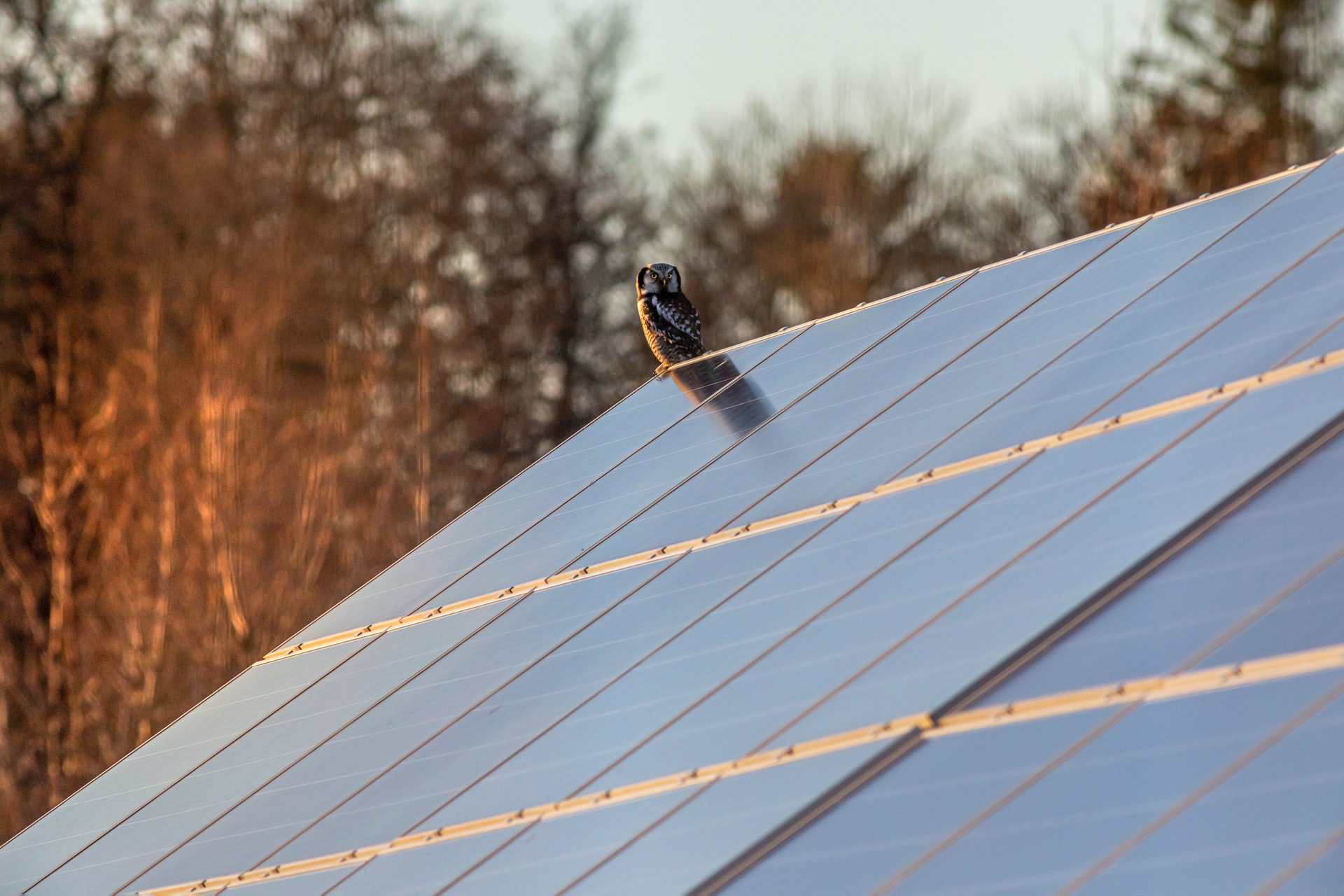Can We Make Sustainable Thin Film Solar Panels?
As we all try to find more sustainable methods of fueling our homes, cars, and businesses, the demand for solar energy has been rising dramatically.
One type of solar panel that is growing in popularity is thin film solar panels. Although these provide a large and cheap source of renewable energy, there is still an issue of the amount of emissions it requires to build, maintain, and dispose of this type of technology.
In order to be truly sustainable, it’s important to reduce emissions as much as possible. In this article, we’ll be discussing how we can make sustainable thin film solar panels to help power the future of renewable energy.
The Controversy on Thin Film Solar Panels
There is quite a bit of controversary over the use of thin film solar panels, this is largely around the heavy metals that are used to manufacture these sources of renewable energy.
Many of the current thin film solar panels you can find on the market are made using rare-earth elements such as indium and gallium or toxic metals such as cadmium.
Because of this, thin film solar panels are currently among the least sustainable options because these heavy metals are expensive to source and manufacture.
Thin film solar panels are manufactured using solar cells that are made up of thin, light-absorbing film layers. Each solar cell is manufactured using a physical vapour deposition process which involves depositing thin layers onto a solid surface like glass, plastic or metal.
This manufacturing process is not only complicated, but it also requires a lot of chemicals, that can potentially leak if cracks occur. The heavy metals also make the solar panels very expensive to recycle, as it needs to be done in the correct way.
Because of the materials that are used to make them, they can’t just be disposed of when they have reached the end of their useful life, they have to be properly processed.
These solar panels needs to be put into a shredder, hammered down, and have the different elements removed individually.
Because of this controversy, thin film solar panels have started to get a bad reputation. However, with new technological advances and processes, the future of thin film isn’t as unsustainable as many people may think.
How Can we Make Thin Film Solar Panels Sustainable?
Although the process of producing thin film solar panels isn’t currently the most sustainable, achieving sustainability is definitely possible.
Many experts have been dedicating their time to improving the manufacturing process, which is where most of the energy is created. Experts have been working on better ways to synthesize materials that consume less energy, reducing the carbon footprint of the process.
There have also been teams who have started using a special “liquid-assisted method” which allows the disposition process to continue at low temperatures. By keeping the temperatures low, experts have been able to recreate the same efficient solar panels, but without the need for so much energy.
Similarly, professors at Ritsumeikan University, Japan have been working on a more environmentally-friendly method of manufacturing in which the cadmium sulfide buffer layer is replaced with a native buffer layer. With this new method, oxidization takes just hours, rather than months, which cuts down the manufacturing process – requiring less time, resources and energy.
Although the many teams have started to explore avenues to make the process of manufacturing thin film solar panels more environmentally friendly, there also needs to be improvements in the disposal process.
The current method of processing thin film solar panels is very energy intensive, it’s important to try and cut down on the energy consumption used during this process too if we want thin film technology to be truly sustainable for renewable energy.
Yes, We Can!
The bottom line of this debate is, yes, we can make sustainable thin-films. With the help of new, emerging technologies and a range of the different processes that we listed above, a more sustainable future of thin film solar panels is possible – and we can’t wait to see this future start to take shape.

